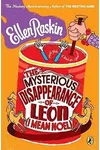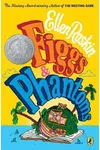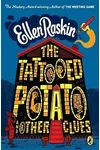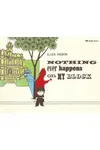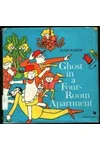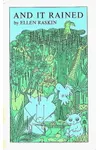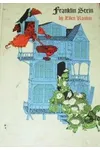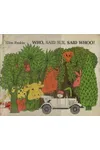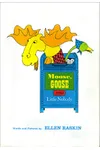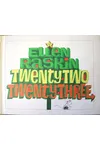Picture an American storyteller who spun mysteries so clever they left readers puzzling for days—meet Ellen Raskin! Born in 1928, this author and illustrator didn’t just write children’s books; she crafted intricate, witty worlds that blended art and storytelling. Her masterpiece, The Westing Game, snagged the prestigious Newbery Medal in 1979, cementing her as a trailblazer in children’s literature.
With a knack for quirky characters and visual flair, Raskin’s stories invite readers into puzzles wrapped in humor. Her work still sparkles, decades after her passing in 1984, proving that a great story never fades. Ready to dive into her whimsical world? Let’s explore!
The Making of Ellen Raskin
Ellen Raskin was born on March 13, 1928, in Milwaukee, Wisconsin, where her love for creativity took root. Raised in a modest family during the Great Depression, she found solace in books and art. After studying at the University of Wisconsin, Raskin moved to New York City, launching a career as a commercial illustrator. Her bold, playful designs graced over a thousand book covers, but her heart yearned to tell her own stories. By the 1960s, she transitioned to writing, blending her visual artistry with sharp, imaginative prose.
Ellen Raskin’s Unforgettable Stories
Raskin’s books are like treasure hunts—each page brims with clues, humor, and heart. Her crown jewel, The Westing Game (1978), is a dazzling mystery about 16 heirs competing to solve a millionaire’s murder and inherit his fortune. Its clever plot twists and colorful characters make it a timeless classic, still adored by kids and adults alike.
Other gems include Figgs & Phantoms (1974), a quirky tale of a girl uncovering her family’s secret dream-world, which earned a Newbery Honor. The Mysterious Disappearance of Leon (I Mean Noel) (1971) showcases Raskin’s love for wordplay, with a puzzle-driven story about a missing husband. Her debut novel, The Tattooed Potato and Other Clues (1975), mixes detective work with offbeat humor. Raskin’s style—witty, layered, and visually vivid—invites readers to solve mysteries alongside her characters, making every book a delightful challenge.
What set Raskin apart was her dual talent as an illustrator. She designed her own book covers and interiors, infusing them with playful typography and intricate details that mirrored her stories’ complexity. Her work feels like a conversation between text and art, a rarity in children’s literature.
Why Ellen Raskin Matters
Ellen Raskin didn’t just write books; she redefined what children’s literature could be. Her stories taught young readers to think critically, embrace curiosity, and revel in the joy of solving puzzles. The Westing Game remains a staple in classrooms, sparking discussions about identity, teamwork, and ambition. Her influence ripples through modern authors like Trenton Lee Stewart, whose puzzle-driven novels echo Raskin’s cleverness.
Despite her death in 1984 at age 56, Raskin’s legacy endures. Her books continue to captivate new generations, proving that a well-crafted story transcends time. By blending art, wit, and mystery, she showed that children’s books could be as sophisticated as any adult novel.
About Ellen Raskin
- Born: March 13, 1928, in Milwaukee, Wisconsin
- Key Works: The Westing Game, Figgs & Phantoms, The Tattooed Potato
- Awards: Newbery Medal (1979), Newbery Honor (1975)
- Died: August 8, 1984
Ready for a literary adventure? Snag The Westing Game and dive into Ellen Raskin’s brilliant, puzzle-packed world!
